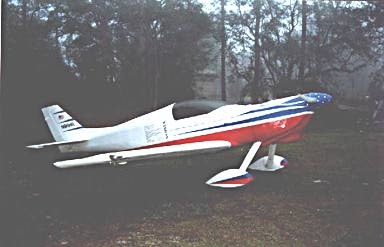May 15, 2020
Today I finally got back working on my Vision airplane once again. I have been busy spending a lot of time on my other airplane a Quickie Q2. Today I began testing the fuel tank integrity on the starboard wing. My objective was to make sure there were no leaks from any fittings or from the wing tank sealing. It all turned out great with no leaks anywhere. First was the addition of 5 gallons of 100 ll fuel into my leading edge wing tank. After a 1 hour check was good an additional 5 gallons was added, then 30 minutes later 5 more and all good a final 5 gallons added for a total of 20 gallons in the right wing. Testing of the Facet fuel pump was next and it pumped an adequate fuel volume out of the open gascolator. A small amount of fine particles were noticed from the output into a clean white bucket. At this point I quit and will flush the tank a few times using the tank bottom drain to clear out the fine debris. I don't want to plug up the gascolator or inline fuel filter.
Thanks to my wife Adele for her great job assisting painting the interior of the fuel cells with Jeffco fuel sealant prior to closing them. Total fuel volume appears to be 20 US gallons (77 liters) in the right wing fuel tank. The left wing tank will be the same and I will update when it's completed.
May 19, 2020 The left fuel tank was tested with 10 gallons of fuel to check for leaks. A day later a minor weeping was found from a wing root fitting, it was re-sealed and tightened after removing fuel. Added 20 gallons and let sit for 4 days and it was without any leaks.









































